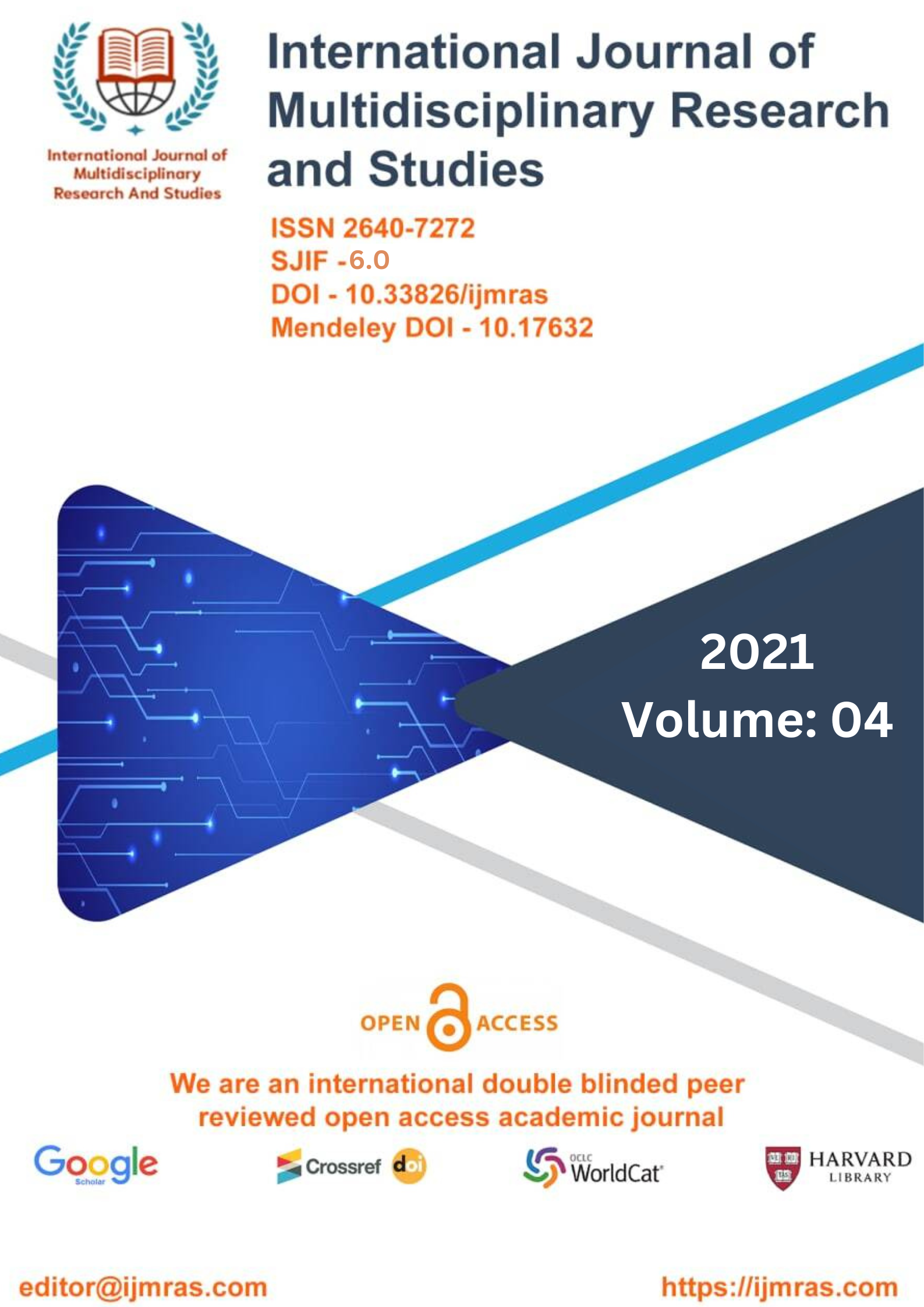Ramanujan’s tradition and modernity

Abstract
The term "Indian English Poetry" refers to more than just one subgenre of Indian writing in the English language. It has now become an essential component of Indian literature written in English. In point of fact, it is the primary definition of Indo-Anglican literature in the sense that in its beginning, Indian writing in English came to the forefront with a recognition on a worldwide scale. Similar to American poetry, Indian English poetry has several characteristics that set it apart from other forms. It is not a product that was developed over the course of a few years or over the course of a few decades. Since its origin in the early nineteenth century, it has experienced a progression that has lasted for more than a century and resulted in the development of a high-quality product that has been meticulously polished from its raw condition into its current form. The poetry written in Indian English has a unique place in the canon of global literature. Being Indian poets who wrote in English presented some unique challenges at first. The differences might be attributed to a variety of factors, including content and skill levels, background, experiences, themes, etc. The poetry of Ramanujan is a description of human thoughts, feelings, and emotions in a straightforward manner, without the use of any gloss or complexity. In spite of the length of time he spent living in another country, there is little evidence of foreign influences in his poems. His poetry is characterized by a high level of technical brilliance and carries the imprint of his own personality.
Keywords
Tradition,, Modernity,, Literature,, WritingHow to Cite
References
G. E. Andrews and B. C. Berndt, Ramanujan’s Lost Notebook, Part IV, Springer, New York, 2013.
G. E. Andrews and F. G. Garvan, Dyson’s crank of a partition, Bull. Amer. Math. Soc. 18 (1988), 167–171.
B. C. Berndt, H. H. Chan, S. H. Chan, and W.–C. Liaw, Cranks – Really the final problem, Ramanujan J. 23 (2010), 3–15.
B. C. Berndt, S. Kim, and A. Zaharescu, Weighted divisor sums and Bessel function series, II, Adv. Math. 229 (2012), 2055–2097.
B. C. Berndt, S. Kim, and A. Zaharescu, The circle problem and a double series of Bessel functions, Adv. Math. 236 (2013), 24–59.
K. Bringmann and K. Ono, Dyson’s ranks and Maass forms, Ann. Math. 171 (2010), 419–449.
Y.–S. Choi, Tenth order mock theta functions in Ramanujan’s lost notebook, IV, Trans. Amer. Math. Soc. 354 (2002), 147–159.
F. J. Dyson, Some guesses in the theory of partitions, Eureka (Cambridge) 8 (1944), 10–15.
A. Folsom, A short proof of the mock theta conjectures using Maass forms, Proc. Amer. Math. Soc. 136 (2008), 4143–4149.
F. G. Garvan, New combinatorial interpretations of Ramanujan’s partition congruences mod 5, 7, and 11, Trans. Amer. Math. Soc. 305 (1988), 47–77.
K. Ono, Unearthing the visions of a master: Harmonic Maass forms and number theory, Harvard– MIT Current Developments in Mathematics 2008, International Press, Somerville, MA, 2009, pp. 347–454.
H. Rademacher, On the partition function p(n), Proc. London Math. Soc. 43 (1937), 78–84.
S. Ramanujan, Some properties of p(n), the number of partitions of n, Proc. Cambridge Philos. Soc. 19 (1919), 207–210.
S. Ramanujan, Collected Papers, Cambridge University Press, Cambridge, 1927; reprinted by Chelsea, New York, 1962; reprinted by the American Mathematical Society, Providence, RI, 2000.
License
Copyright (c) 2021 MD. IRSHAD ALAM ANSARI

This work is licensed under a Creative Commons Attribution 4.0 International License.
Individual articles are published Open Access under the Creative Commons Licence: CC-BY 4.0.



